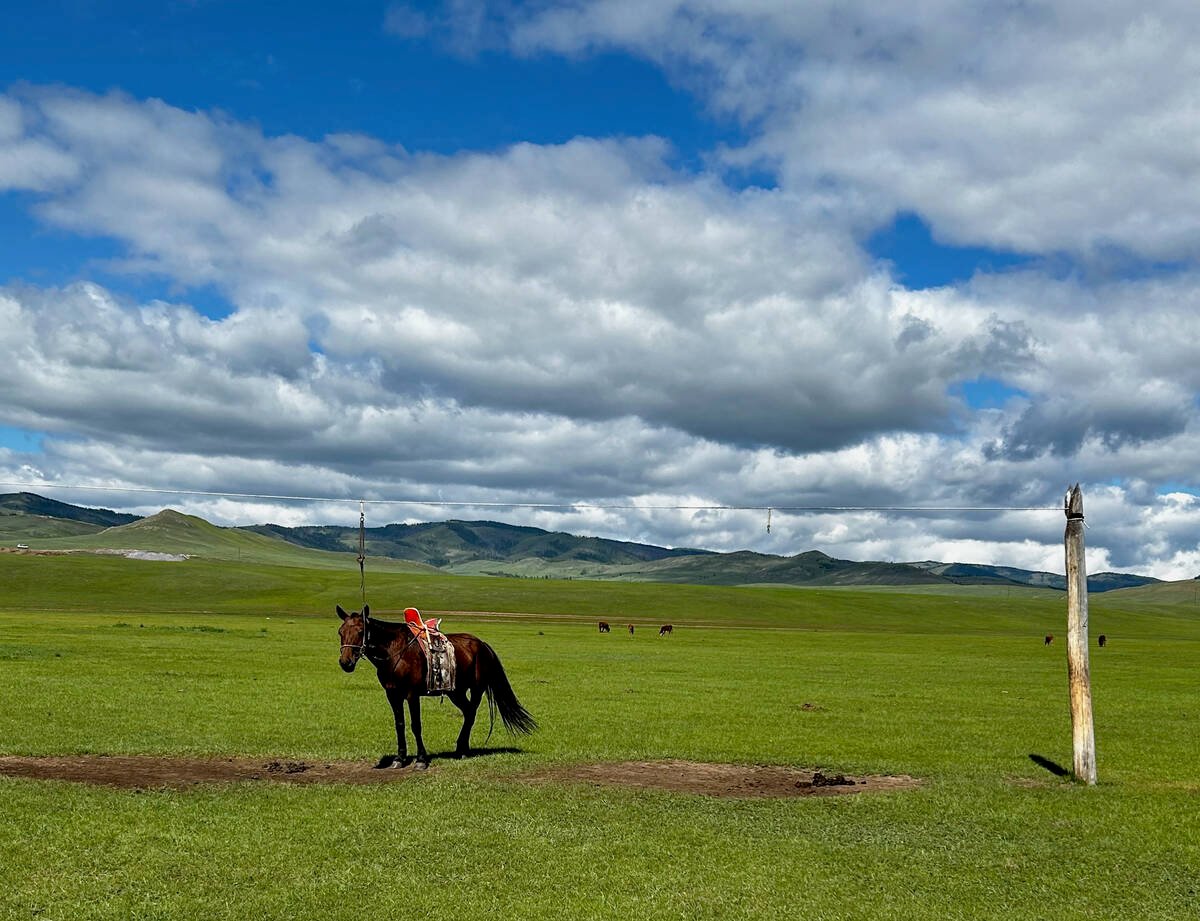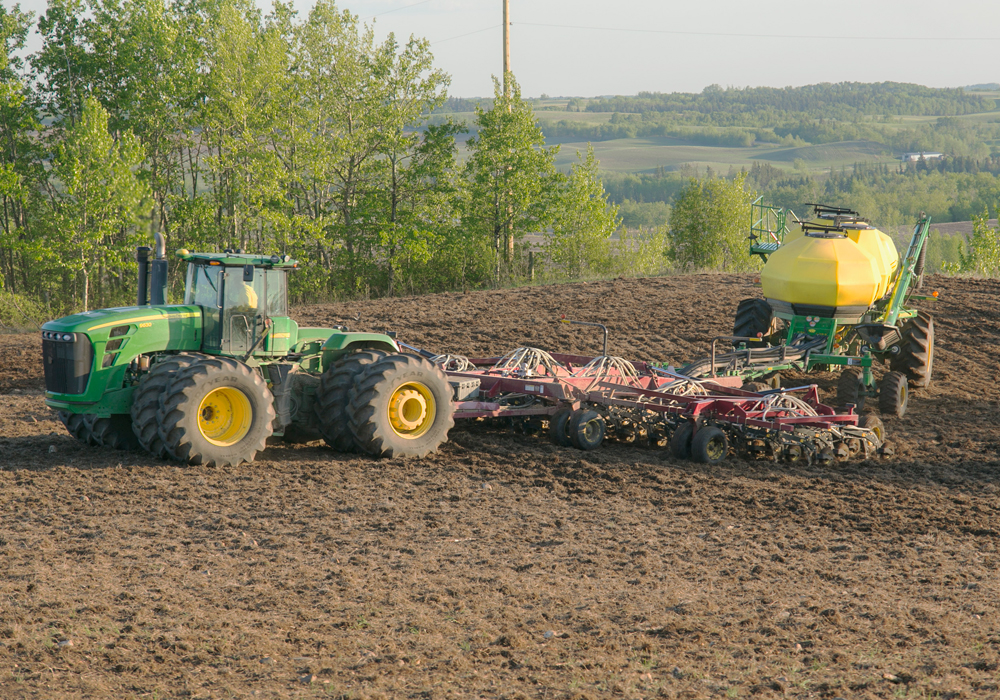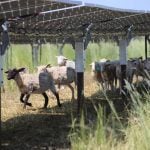American durum growers are cashing in on a government program that provides them with direct subsidies as high as $1.50 US a bushel.
Loan deficiency payments (LDP) enable growers to collect the difference between the slumping market price and a government-established floor price.
No comparable subsidy is available to Canadian producers, who have to accept the going world price through the Canadian Wheat Board.
“It’s an extra payment in their pockets, a direct subsidy to farmers,” said Kaitlin Hodgins, the wheat board’s market analyst for North America.
Read Also

University of Saskatchewan experts helping ‘herders’ in Mongolia
The Canadian government and the University of Saskatchewan are part of a $10 million project trying to help Mongolian farmers modernize their practices.
The U.S. crop payment system sets a loan rate that varies by county but is based on a price of $4.58 US per bu. and adjusted to reflect local transportation costs.
It is essentially a floor price for U.S. durum growers.
A farmer can choose to trigger an LDP if the market price falls below that floor. It the difference between the market and the loan rate.
The price for Minneapolis Choice milling durum began falling this autumn, dropping by $1.40 per bu. during September and reaching $5.09 in mid-October.
That translates into a local price as low as $3 per bu. With the loan rate set at $4.56, that results in an LDP of $1.56.
The CWB said the system insulates U.S. producers from further price drops and distorts market signals.
The farmer retains ownership of the grain and can sell it later at full market price.
“Ideally from their point of view, they will take the LDP payment when prices are lowest and then sell when prices are higher and earn that extra profit,” Hodgins said.
“They get the full loan rate plus the full market price.”
All farmers are eligible for the LDP but some choose not to participate, opting for a nine-month nonrecourse loan. Under that program, the farmer holds grain for collateral against a loan at the loan rate. After nine months, he must repay the loan or deliver the grain to the U.S. government.
Farmers in greater need of cash flow would probably opt for the nonrecourse loan, which provides the full loan rate up front, Hodgins said.
Meanwhile, U.S. Wheat Associates, a wheat trade promotion group, launched an attack against the wheat board last week for distorting world trade with its export monopoly.
In the organization’s newsletter, president Alan Tracy said proposed new world trade rules that would eliminate the board’s monopoly will give Canadian farmers the right to sell their wheat to whomever they choose.
“It is no accident that U.S. producers just across the border selling similar wheat earn higher returns, on average, than their Canadian brethren, due to CWB mismanagement and pricing games,” he said.
Tracy made no mention in his commentary of the impact of government subsidies such as the LDP on U.S. producers’ returns.














